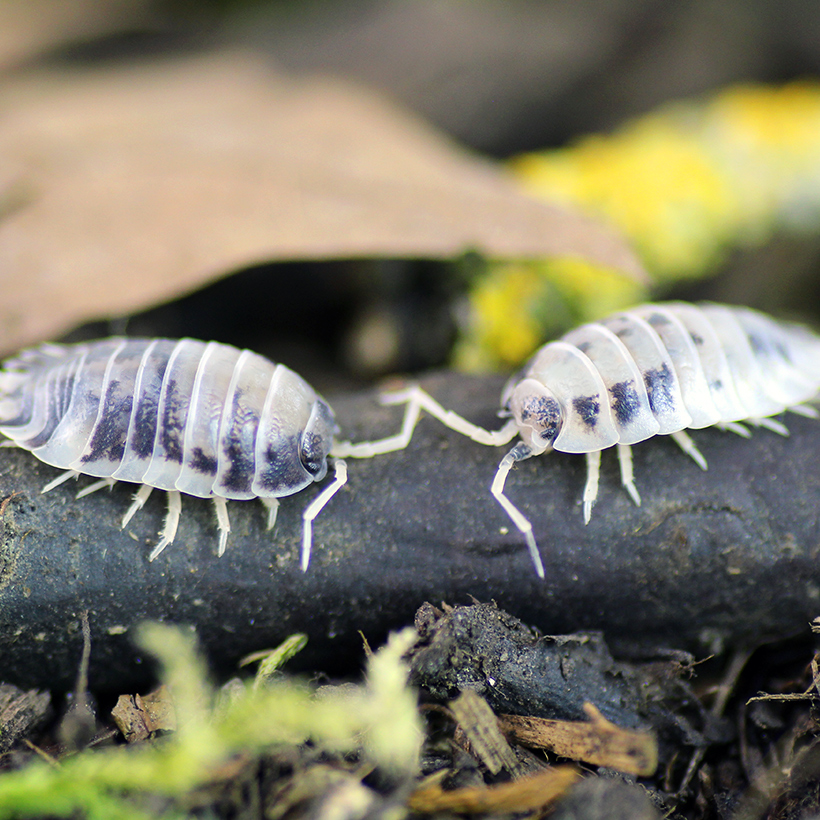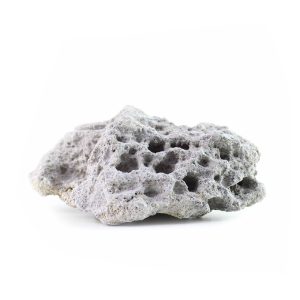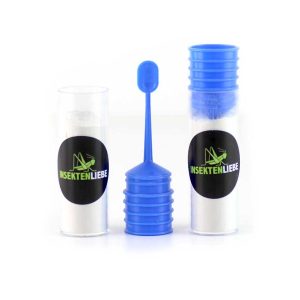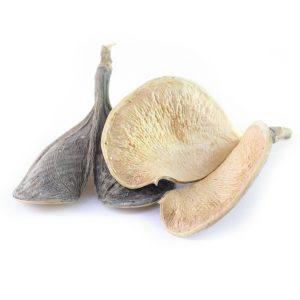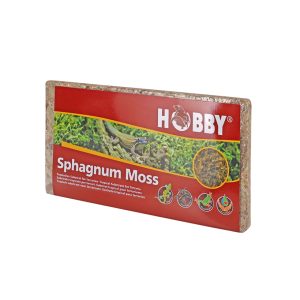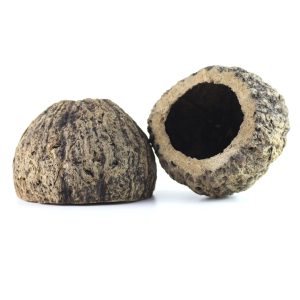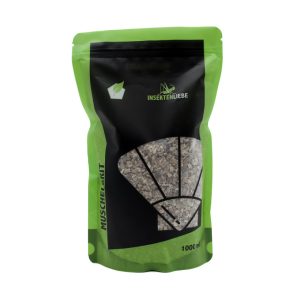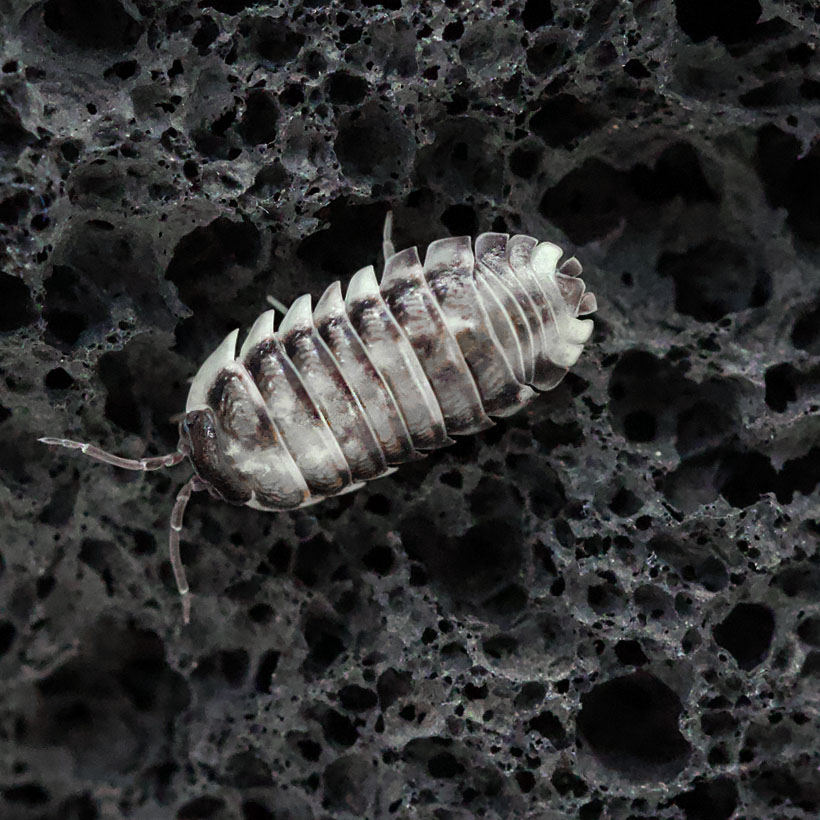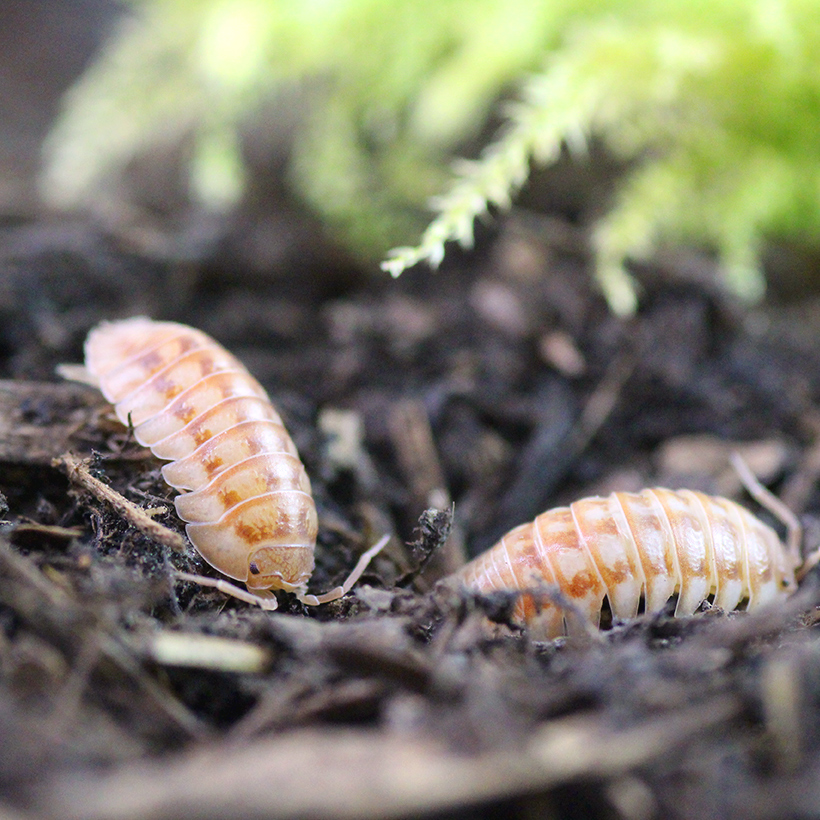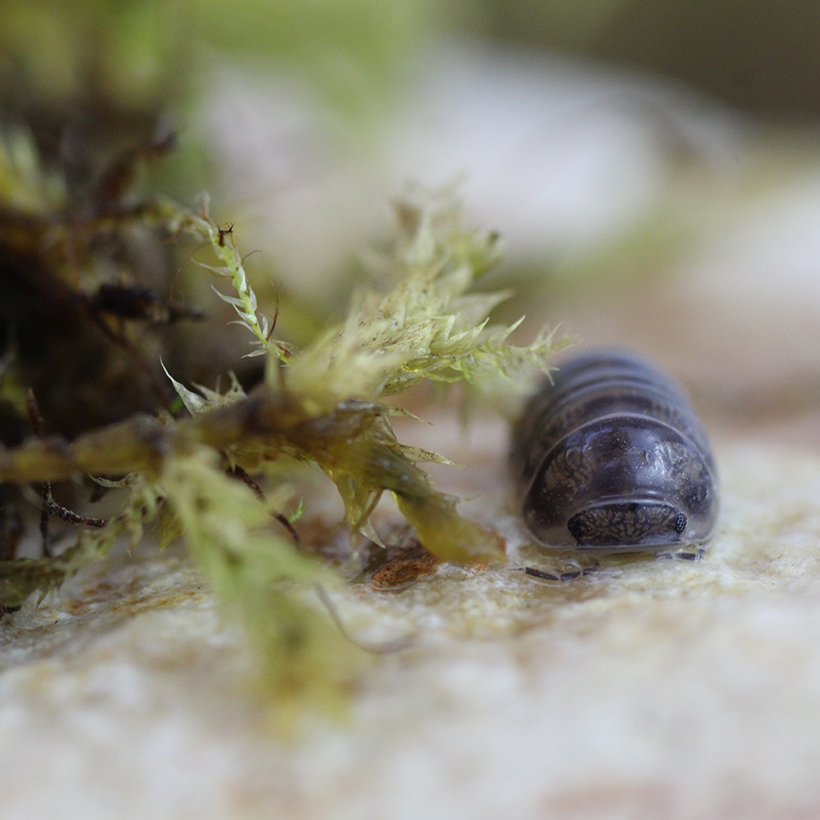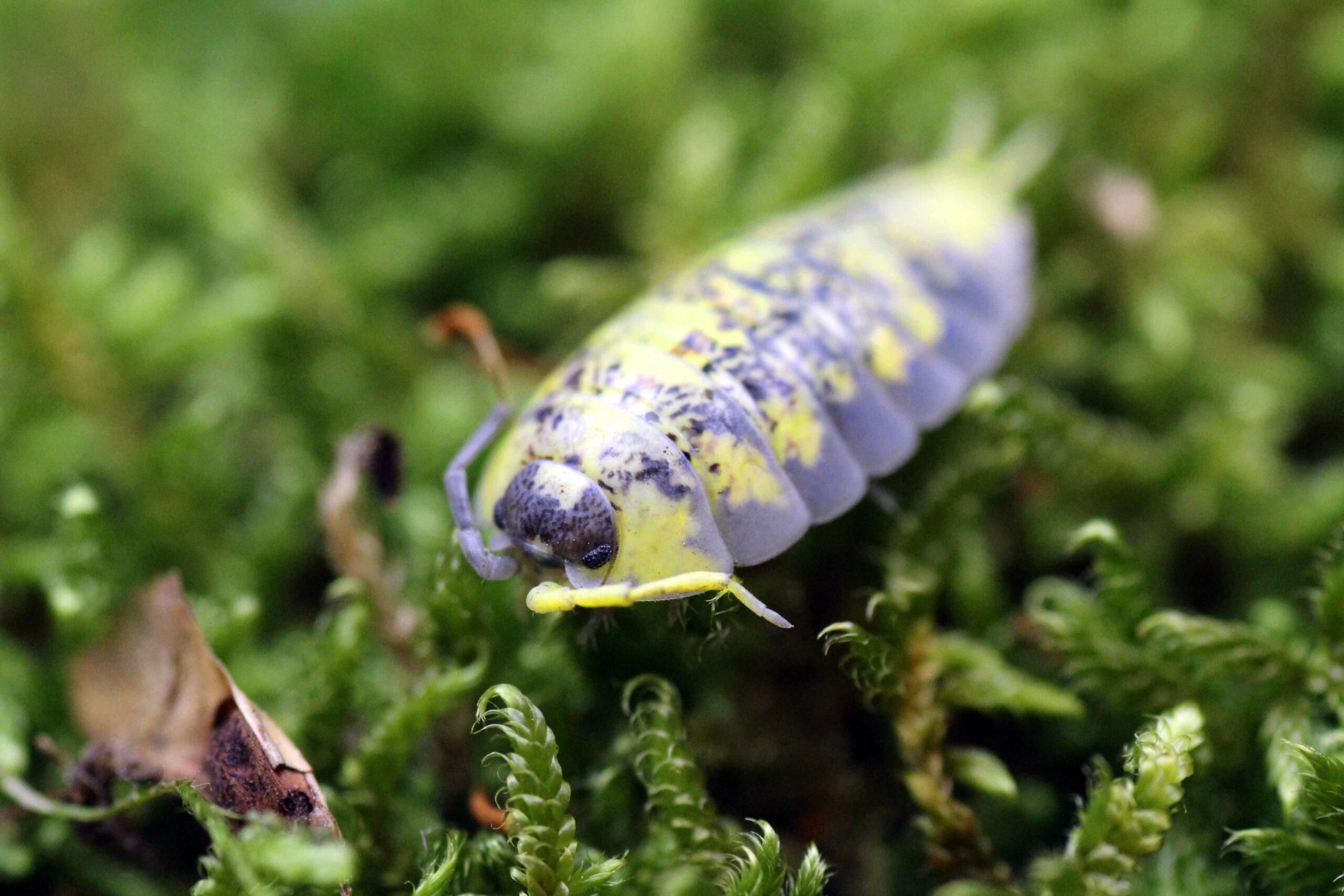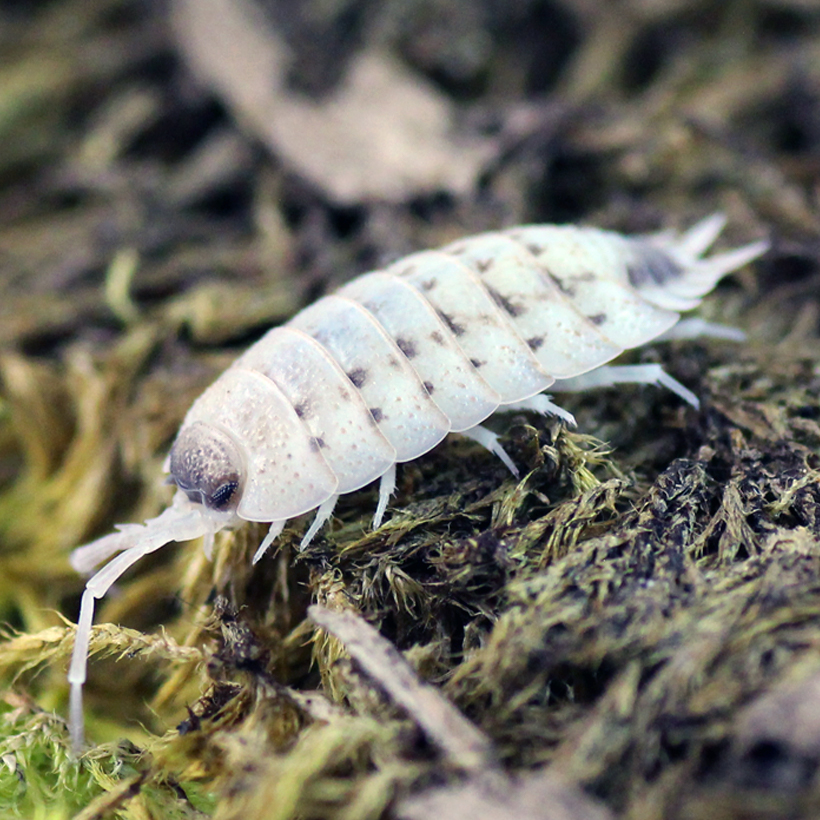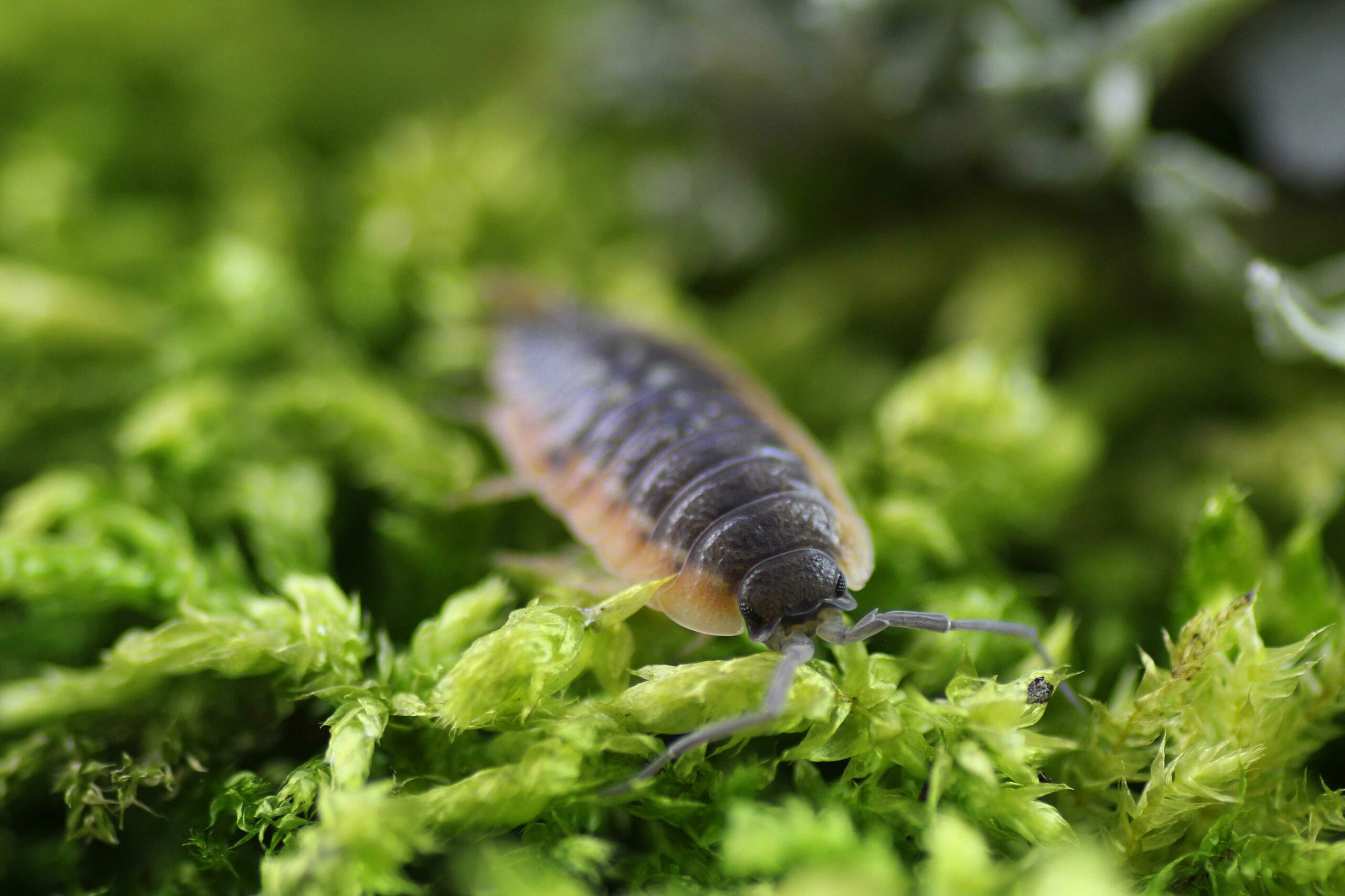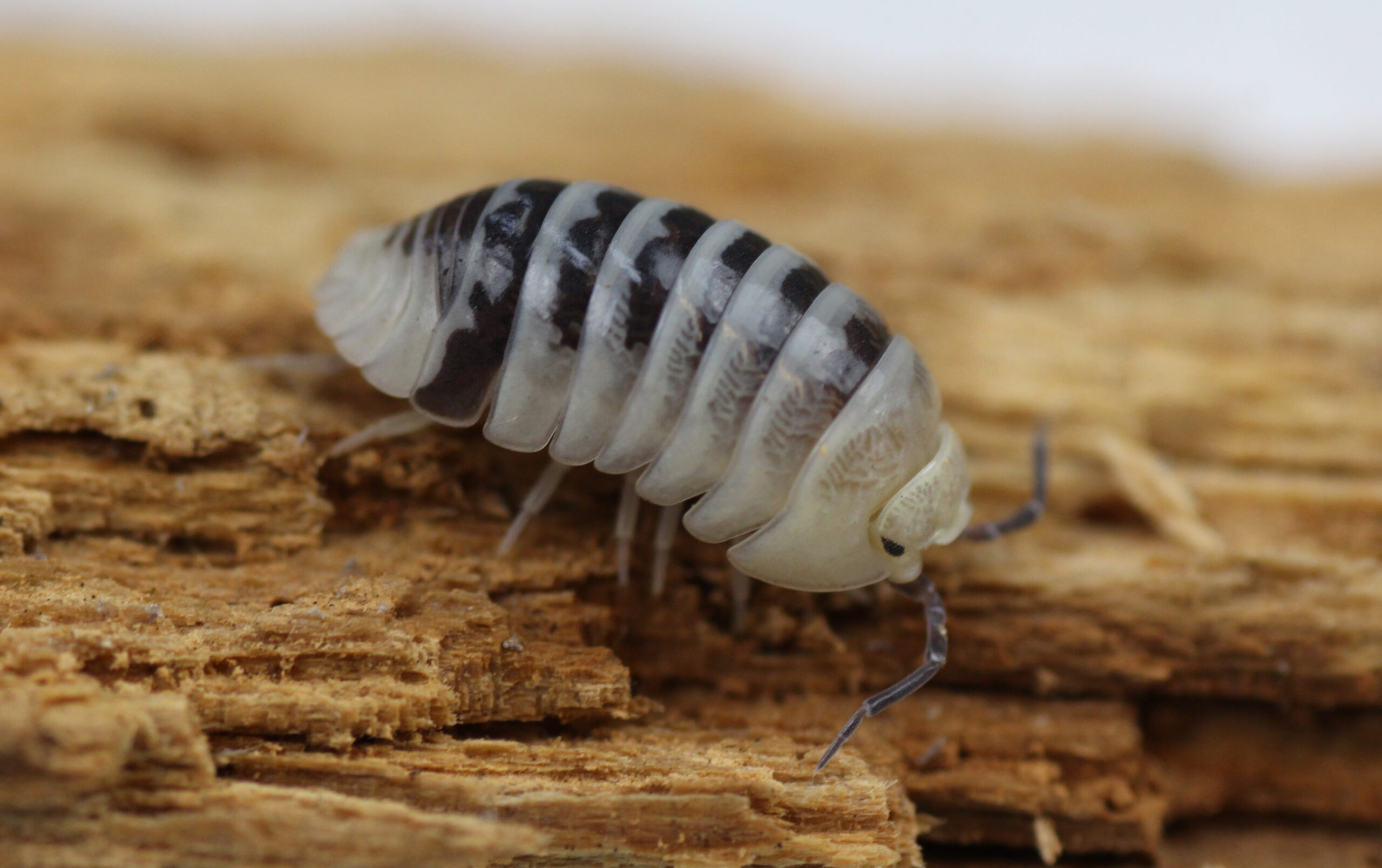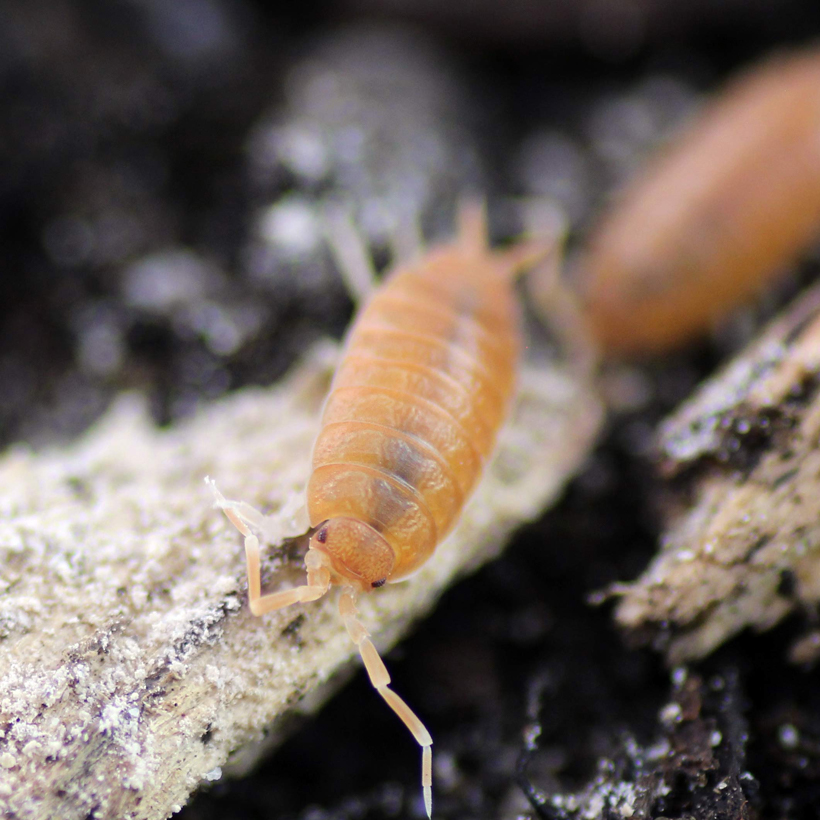Your cart is currently empty!
Porcellio laevis “Panda”
Sales Unit: 12 animals
In stock
Simple
Cosmopolitan
< 23 mm
18°C – 26°C
Brief description:
Porcellio laevis “Panda” is a cultivated color morph of Porcellio laevis. This particular color morph is known under many different names. For example, Porcellio laevis “Dalmation”, Porcellio laevis “Dairy Cow”, Porcellio laevis “Dalmatian”, Dalmatian woodlouse or Panda woodlouse. The many different names are probably due to the fact that this isopod species is cosmopolitan. Porcellio laevis “Panda” can grow up to 2.3 cm in size and has a development time of around 7-8 months. It is very prolific!
Porcellio laevis “Panda” has a flat, broad body. This color morph is characterized by a light grey to milky-white ground coloration. On this light background there are dark spots that are arranged in different ways and also vary in intensity.
The animals live in the litter layer of deciduous forests, which is why an attempt should be made to recreate this habitat in the terrarium. A mixture of leaves, soil, white rotten wood and lime is used as a substrate. A layer of mosses, pieces of bark and leaves is placed on top of the substrate so that the animals can find hiding places and the substrate does not dry out so quickly. The humidity in the tank should be around 50-70%, whereby care should be taken to ensure that the substrate is always moist but not wet. Porcellio laevis “Panda” is a very robust isopod species and can also be kept at higher humidity levels if waterlogging is avoided. Isopods are most active at temperatures between 18 and 26°C. Porcellio laevis “Panda” can generally be observed frequently, as this isopod species is active during the day. With a corresponding stocking density, you can always spot some when you look into the tank. Porcellio laevis “Panda” are ideal for adding to various tanks. For example, they can be safely kept together with snails, millipedes, phasmids, beetles and the like. Many people also keep them in reptile tanks as health police, as they eat leftover food and occasionally serve as food for the reptiles. Theoretically, the organic material contained in the substrate would suffice as food for the Isopods, as this is also the animals’ main food in nature. In the terrarium, however, they are also very happy to eat vegetables, flowers, fruit and isopod food.
Perfectly combined with
-
Hobby Sphagnum Moss
Original price was: 7,69 €.5,69 €Current price is: 5,69 €. incl. VAT, plus shipping
